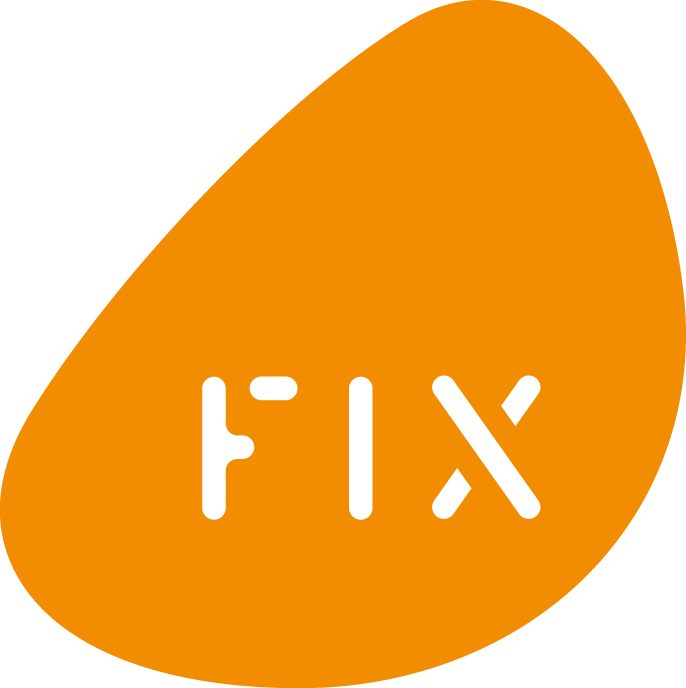FIX EAST VILLAGE, CLINICAL PILATES, PILATES, PRENATAL & POSTNATAL
WHAT TO EXPECT FROM POST NATAL PILATES
BY GIULIA DI PATRIZI
Doing the right type of exercise after giving birth is important, but to return to high impact exercise (such as running and gym classes) before your body is ready can increase your risk of long-term pelvic floor weakness and pelvic organ prolapse.
Strengthening your pelvic floor and abdominal muscles provides your body with the strong base it needs.
Post natal Pilates is an excellent way to address those issues and to target those internal muscles that have been affected by pregnancy and birth. It has the capacity to increase whole body strength and fitness before returning to high impact classes and general exercise.
Pelvic Floor – what it is
The pelvic floor is a group of muscles that lie in between the pubic bone and the tailbone or coccyx. It supports the bowel, bladder, uterus and vagina.
Strengthening the pelvic floor is important to avoid issues such as post-partum incontinence and pelvic organ prolapse.
How does Pilates help?
One of the principles of Pilates is breath.
The 3 most important muscles are Diaphragm, Transverse Abdominus (TVA) and the pelvic floor.
These 3 muscles work together as one.
During the breath in (inhalation) the Diaphragm (umbrella shaped muscle) that sits in the ribcage lowers and pushes the internal organs down, the TVA expands and the pelvic floor lowers and “relaxes”. The opposite happens during the breath out (exhalation) the Diaphragm relaxes back into its original position, allowing the organs to come back in their place, the TVA contracts helping the abdominal muscles to shorten and finally the pelvic floor reacts accordingly by engaging and lifting.
All of this should happen simply automatically. However, after birth there are few factors that can affect this automatic motion: the rib cage expansion through the pregnancy, the change in our posture having to carry a bump around, the weight of the baby and finally the birth. Long stressful births can have an impact on the pelvic floor, regardless of whether your baby comes vaginally or surgically.
Pilates exercises reconnect you with those muscles, allowing you to feel when you are contracting and relaxing the pelvic floor, for a more effective result getting you ready for high impact exercise and everyday life. We all know that once babies are out they grow fast and you need to be able to be healthy to enjoy them without worrying what could happen if you pick them up.
Another perk of Post natal Pilates exercise is that it can help with reducing abdominal separation (diastasis recti)
The abdominals, during pregnancy, stretch to allow the baby to grow. Abdominal separation happens when the connective tissue, Linea Alba, that joins the left and right abdominals becomes stretched, creating a gap. The abdominal wall, or famously called the 6 pack, sit right on top the TVA and is affected during breathing and contraction in exercise.
Consciously breathing with the exercise or movement is the best way to fully reengage all those muscles that have had a change during pregnancy and birth.
Pilates teaches us exactly how to do that. It is the best form of activation that you can find, allowing you to reconnect with those “lost muscles” and allows you to find muscles that you never thought you had.
Postnatal Pilates will give you a strong stable base for any kind of activity, from feeding, to going shopping, to be able to participate in a spin class or go back to your running club, even to start the couch to 5K. When muscles are able to work appropriately for the activity in hand, the body will thank you for it!
Whole body strengthening
Not only will Pilates strengthen the Core but it can focus on upper and lower body strength. Every session will include activating the core while strengthening shoulders, arms, gluts and thighs whilst also improving posture. Looking after a baby can be strenuous and demanding especially during the toddlers years.
Pilates will raise your energy levels, psychological & physical strength and well being. Regular exercise will allow you to have better quality of sleep, which is essential especially when you are not getting a lot of it!
When can you start?
Pilates can be started once you have had your 6 weeks post natal check and been given the go ahead by the doctor. It is important to remember that your body has gone through 9 months of pregnancy and a birth.
If you have had a caesarean section it is possible that you might have to wait a little longer to allow your body to heal fully.
Prior to Pilates at Fix we advise a Mummy MOT with our women’s health physiotherapists to understand better your body after birth and what priority needs you have during these first post-natal months of rehabilitation.
What to expect from Post-natal Pilates
• Exercises targeting those muscles affected by birth
• Postural re-education
• Education about pelvic floor health and activation, with appropriate exercises to do at home to allow you to return to a more high impact activities
• Individual or group classes
If you are interested in learning more about post-natal Pilates at Fix please email me giulia@fixlondon.co.uk or call the East Village Clinic on 0208 555 7165.
